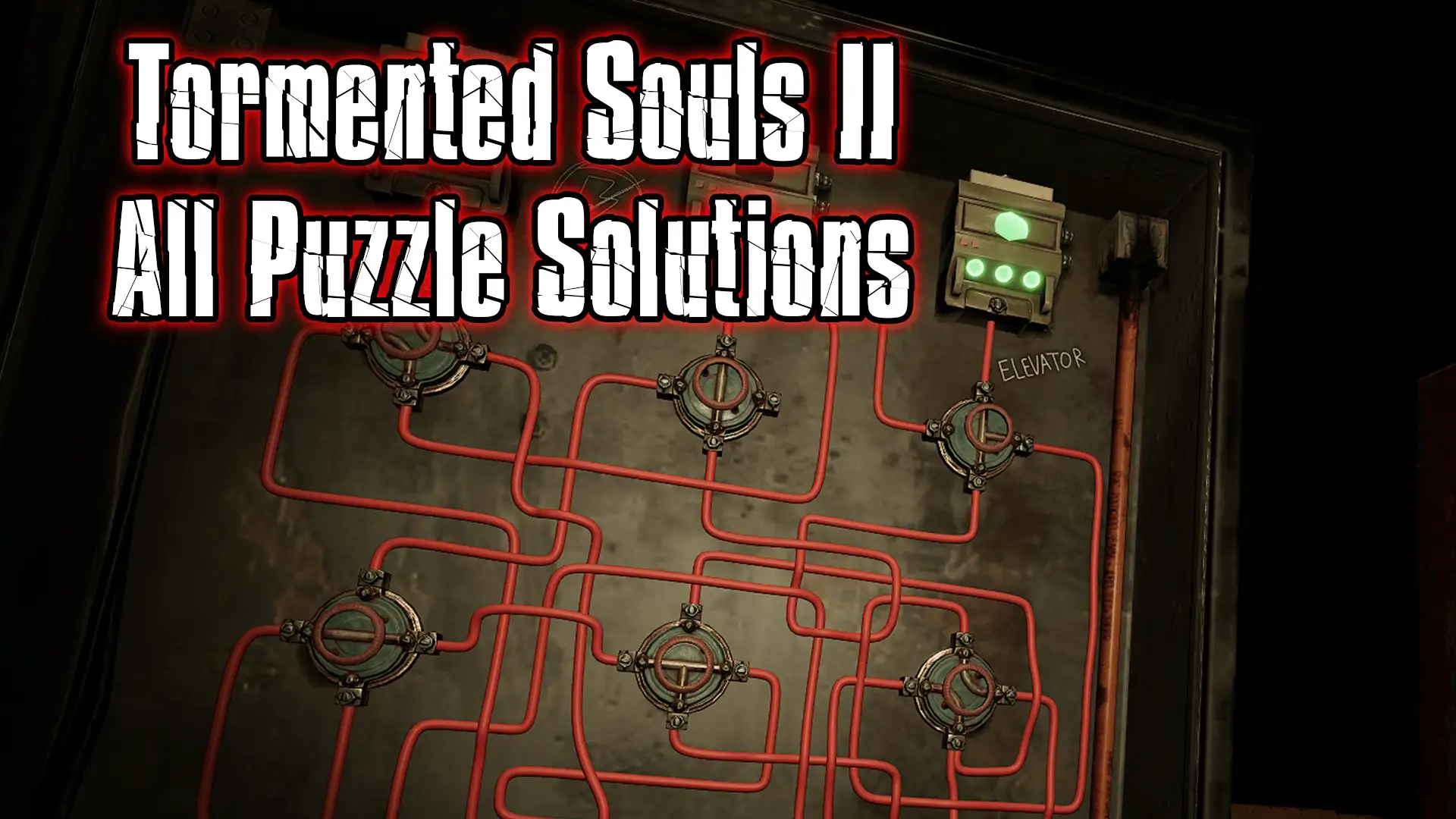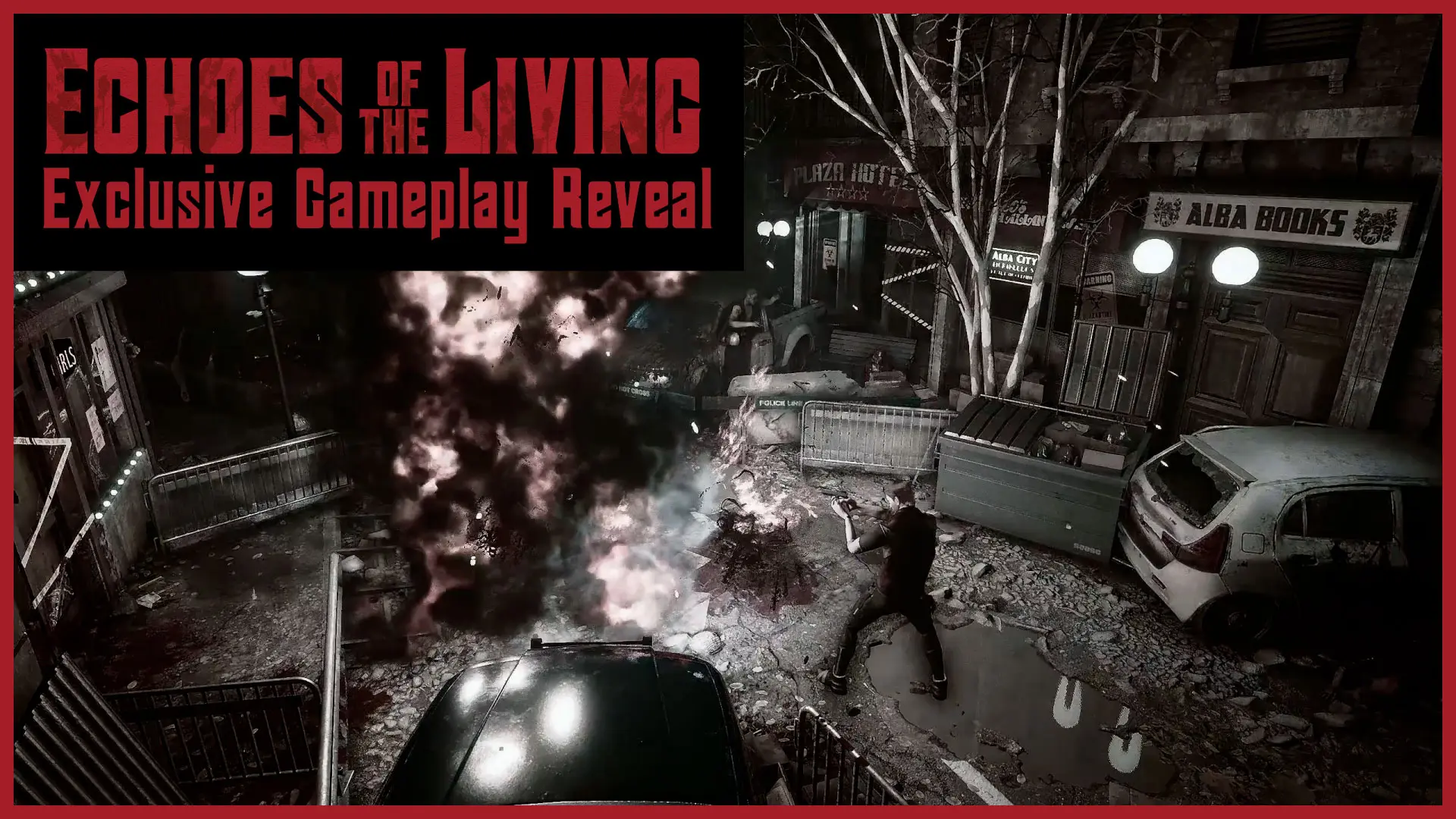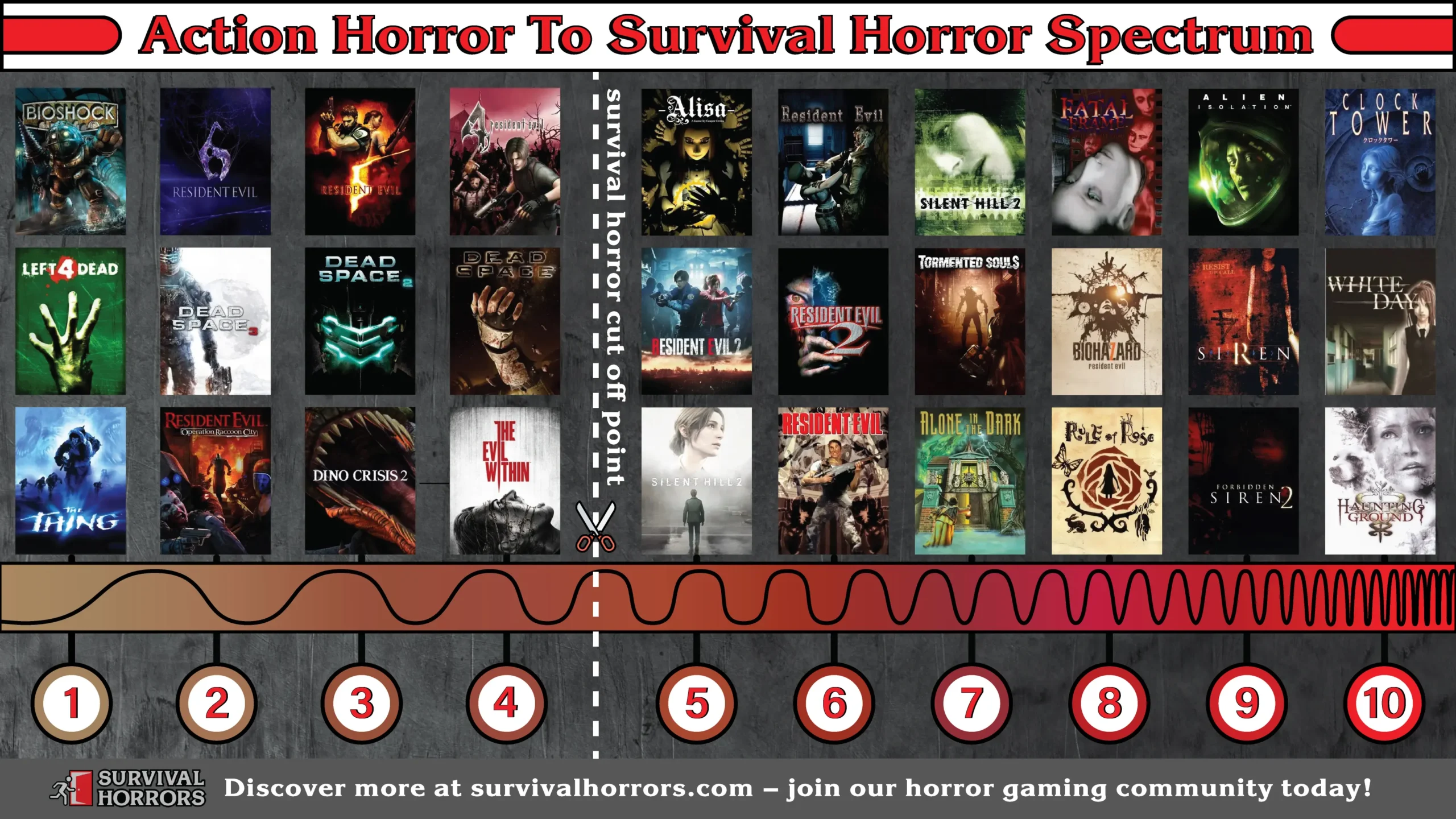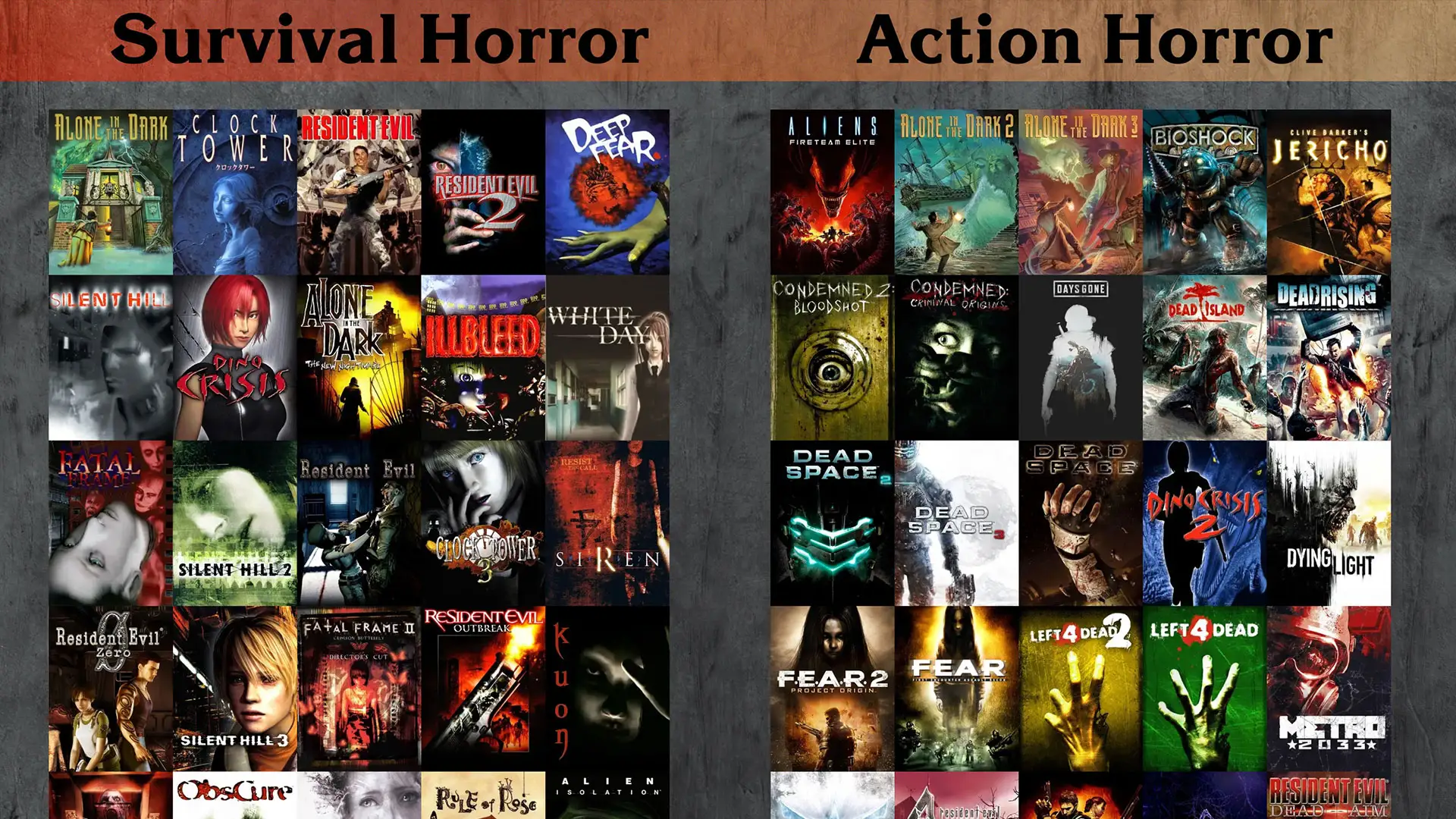Tormented Souls 2 – All Puzzle Solutions

Tormented Souls 2 brings back classic survival horror puzzle-solving and along with it a lot of head-scratching moments. If you’ve found yourself stuck on one of the game’s many puzzles, this complete guide will help you through every step. Below you’ll find all puzzle solutions in Tormented Souls 2, including the required items, where to find them, and screenshots showing each puzzle. Need extra help or want to share your own discoveries? Join our Discord community, where players share hints, theories, and screenshots in real time.Also if you would like a video walkthrough that is time stamped for every puzzle please check our the series below. Flower lock Location: Convent – Infirmary Items needed: Christ book, Thumbtack Solution: Combine the thumb tack with the Christ bookNotes: The thumb tack can be found on the cork board, the Christ book is found next to the stretcher nearest the lock Lighter in corpse Location: Convent – Bell Tower (bottom) Items needed: Pliers Solution: Use the pliers on the cage of the corpse to obtain the lighterNotes: Pliers can be found in the Staff Room on F1 Elevator power Location: Convent – North CorridorItems needed: Test item1, test item 2 Solution: Find the power box opposite the door to the Lady Chapel Padlocked door to Courtyard Location: Convent – North Corridor Items needed: Hammer Solution: Interact with the padlock then use the hammer to break itNotes: The hammer is obtained from the Crematorium in the basement Bell Tower glass (Shotgun) Location: Convent – Bell Tower (top) Items needed: Hammer Solution: Hit the bells in order to smash the glass casing and allow the player to obtain the shotgun:3 (third largest)1 (largest)4 (smallest)2 (second largest)Notes: The hint is found by interacting with the plaque below the glass casing. The hammer is found in the crematorium Gallows Location: Convent – CourtyardItems needed: Pliers Solution: Use the lever next to the gallows to drop the torso down, then use the pliers to remove the saw bladeNotes: Pliers can be found in the Staff Room on F1 Frozen hand Location: Convent – KitchenItems needed: Saw blade – Saw handle Solution: Combine saw blade parts and use handsaw on the frozen handNotes: Saw blade can be found in the Courtyard, saw handle can be found in the refectory behind a hidden entrance – find it by moving the moveable shelves Melting the frozen hand Location: Convent – KitchenItems needed: Lighter Solution: Locate the cooker and open the oven door by selecting it, then use the lighter on the wood to start a fire. Place the frozen hand on top of the stove to melt it and release the Cryptex Cryptex Location: Convent – KitchenItems needed: Chess Paper Solution: Examine the back of the chess paper and locate the black lines. The lines show the movements of chess pieces on a board. Use these to turn each section of the cryptex to the corresponding chess piece i.e. L shape is a Castle, Y is a Rook etc.Notes: The chess paper is found in the Calefactory room. Solving the Cryptex gives the crown key for the locked door in the basement Crown lock Location: Convent – BasementItems needed: Crown key Solution: Obtained by completing the Cryptex. Unlocking the door leads to the Prison areas Prison cell power Location: Convent – PrisonItems needed: Pliers Solution: Use the pliers on the wire to open the fuse box then turn the dials so that they point to the symbols that fit inside the shape shown./ \ \ \ /Go through to the other room where the cells are found and use the lever on the platform to power them.Notes: The paper hint is found in one of the cells in the Prison Cursed book Location: Convent – PrisonItems needed: Christ book Solution: Swap the cursed book with the bible, then deliver the cursed book to Joseph in the Crematorium Museum door Location: Convent – MuseumItems needed: Museum Key Solution: Use the key on the three star bolts going from middle to right to left, then select the handle to slide it awayNotes: The museum key is obtained by delivering the cursed book to Joseph Telephone / Jade disc Location: Convent – LibraryItems needed: Old telephone dial – Yellow page Solution: Attach the dial to the telephone base in the library then enter the code 3890*. The jade disc will then be revealed behind a nearby paintingNotes: The solution can be found by flipping the yellow page paper and using the lines on both sides to create the numbers. The rotary dial is found in the basement, accessed via the torture museum. The yellow page is found in the last prison cell. Jade cross Location: Convent – Calefactory RoomItems needed: Cross Disk Solution: Combine the jade disc with the jade cross and use the buttons to spin the discs to create a closed circuit of lines and make a square. Press the arrows in the following order: RIGHT-DOWN-LEFT-RIGHT-RIGHTUse this on the Chapter House door to unlock it.Notes: The jade cross can be found in the lower area of the museum behind the stairs. Obtain from the jade disc from the library by completing the phone puzzle. Padlocked door in Torture Chamber Location: Convent – Torture MuseumItems needed: Hammer Solution: Interact with the padlock then use the hammer to break it Teleport mirror Location: Convent – Torture MuseumItems needed: Lighter – Hammer Solution: Use the hammer to break the padlock, then use the lighter to light candles around the mirror: bottom left, top left, middle 2 right, bottom rightX0000 X0 XX XNotes: The hint for the mirror can be found in the museum – there is a portrait of a woman looking into a mirror that shows the order in which the candles should be lit Torture Chamber stretcher Location: Convent – Torture Museum (Other side) Solution: Use the lighter to light candles on the mirror to go through to the ‘hell world’. Locate the stretcher and use the turn handle to rip open
Echoes of the Living Exclusive Gameplay

Exclusive First Look at the Upcoming Survival Horror Experience We’re excited to bring you something special today, exclusive gameplay footage of Echoes of the Living shared directly with SurvivalHorrors.com. This upcoming survival horror title is heavily inspired by 90s classics like Resident Evil and Silent Hill, blending fixed camera angles, puzzles, and limited resources with stunning modern 3D visuals. If you’ve been craving a return to the golden age of survival horror, this is a game you’ll want on your radar. Echoes of the Living will be coming soon to Early Access, giving players their first chance to step into its zombie filled world. The Early Access release will feature Liam’s campaign, a 12+ hour survival experience filled with unlockables, multiple paths, and a brutal “Survivor” difficulty. Liam’s story will offer players five unique endings, rewarding replayability. When the game reaches full release, players will also gain access to Laurel’s campaign, which mirrors Liam’s in length, challenge, and content. Both campaigns are designed to provide a complete and deeply engaging survival horror experience, capturing the tension and atmosphere fans of the genre love. The developers (DevMoonGlint & KurauAmami) have also confirmed that future content and expansions will depend on the game’s success in Early Access, meaning fan support will directly influence how this game grows. If the reception is strong, Echoes of the Living could evolve into one of the most content-rich survival horror experiences in years. Don’t miss out on this first look at the horrors to come — watch the exclusive gameplay below and prepare yourself for the return of true survival horror. Echoes of the Living is avalible to wishlist on Steam now: https://store.steampowered.com/app/2173460/Echoes_of_the_Living/
Survival Horror: How Much Action Is Too Much?

How much action is too much in a survival horror game? That’s the question I hope to explore with my Survival Horror Spectrum, a visual guide that maps where different games fall along a scale from pure action to pure survival. At one end of the spectrum (position 1), you’ll find action-heavy games with little or no survival horror elements. As you move up the scale, the action decreases and survival becomes the focus often with limited combat or no combat at all. While most of us can agree on the core characteristics of survival horror, we each have our own personal threshold. At some point, too much action erodes the tension, resource scarcity, and vulnerability that define the genre. When that balance tips, the game doesn’t just lose its survival horror identity it transforms into something else entirely: action horror. There are many factors that contribute to a game’s classification as survival horror, which can make the genre difficult to define. But too much action is often the clearest and most measurable disqualifier. At some point, when combat dominates every moment and tension gives way to constant gunplay, the game crosses a line. This isn’t a matter of personal taste or opinion; it’s a structural shift in both design and gameplay mechanics. If tension, and vulnerability are no longer central to the experience, then the game no longer fits the survival horror genre. True survival horror relies on elements like resource scarcity, player vulnerability, and the meaningful option to avoid enemies. In some horror games such as Resident Evil 4, Dead Space, and The Evil Within enemies frequently drop ammo, health, and other resources. This not only reduces scarcity but also actively encourages players to engage in every fight, removing any real incentive to avoid combat. Take Resident Evil 2 Remake, for example. Zombies are tough to kill, but relatively easy to avoid. Choosing to avoid them conserves ammo and reinforces the survival tone, even though combat is still present. If, however, those zombies dropped health and ammunition upon defeat, the game would shift to position 4 on my spectrum below the survival horror cut-off point pushing it into the realm of action horror. So, the main question becomes: Where is the line? Let’s start at the bottom of the spectrum with BioShock and Left 4 Dead two of my favorite games of all time. First, let me make one thing clear: placement on the spectrum has nothing to do with quality. The games are ranked purely based on survival horror elements, not how good they are. While it’s true that in both games you’re technically fighting for your survival, the same could be said of almost any shooter. There has to be something more that sets survival horror apart from other genres something beyond simply surviving. The main reason Left 4 Dead sits at the bottom of the spectrum is because of its relentless, unbroken combat. The zombie hordes are so frequent that there’s barely a moment when your finger isn’t holding down the trigger. As mentioned earlier, survival horror does include action, but it’s all about balance. Take Resident Evil 1 Remake (2002) its gameplay alternates between exploration, puzzle-solving, and sudden, tense combat encounters. The action isn’t constant or overwhelming it comes in bursts, often catching you off guard. That’s in stark contrast to Dead Space 3 (2013). Side by side, I don’t think you could find two games more polar opposite in terms of gameplay and how you interact with enemies. As you can see in the footage below, there are moments in Resident Evil 1 Remake where you might encounter just a single zombie. In those situations, it’s often smarter to avoid the enemy and conserve your ammunition for tougher sections or boss fights. That kind of critical decision-making simply isn’t necessary in Dead Space 3, where you can mindlessly gun down every enemy in your path and there are plenty to deal with. It’s not uncommon for the game to throw over 30 enemies at you in a single encounter, and avoidance isn’t even an option. They must be killed to progress, and they also drop health and ammo, giving you no incentive to avoid them. The meme below reads, “They’re the same genre,” which should obviously be taken as satire. Even based on these five-second side-by-side clips, it’s clear that these two games do not play the same way and shouldn’t be classified under the same genre label. Survival horror cut off point After the success of Resident Evil 4 (2005), there was a noticeable decline in traditional survival horror games and a sharp rise in action horror titles. Following its release, the Resident Evil series leaned further and further into action, which is why Resident Evil 5 and 6 fall lower down the spectrum. It’s undeniable that the shift toward action horror became most apparent with Resident Evil 4—but what many people (including Wikipedia) don’t seem to agree on is whether Resident Evil 4 itself should be considered action horror. To be honest, I’d need to write a separate article to fully explain why I believe it is. There isn’t a single element that defines Resident Evil 4 as action horror, but rather a combination of factors that stack up over time. It’s the classic “straw that broke the camel’s back” scenario we just have to decide how much straw (or in this case, how many action elements) it takes to tip the balance. Resident Evil 4 Remake does include more survival horror elements than the original such as stealth, enemy evasion, and Crimson Head–style enemies. In the remake, some enemies can transform if not dealt with quickly, much like the Crimson Heads in Resident Evil 1. In general, enemies also feel more robust and less predictable, much like the zombies in the Resident Evil 2 Remake. In the original Resident Evil 4, if you shot an enemy in the knee, they would almost always fall, allowing you to follow up
Survival Horror vs Action Horror

Over the past year and a half, I’ve been cataloguing every survival horror game I can find, with the goal of creating the most comprehensive list of survival horror titles to date. During my research…
Silent Hill 2 Remake: Avoiding Enemies

Following the release of Silent Hill 2 Remake, many online discussions have noted a shift in the game’s approach to combat, with some players suggesting it has become more combat focused and that avoiding enemies is now less feasible. While the remake does incorporate significant upgrades to combat mechanics, players still retain the ability to avoid certain enemies in various scenarios. “One prominent example of this perspective appears in Modern Vintage Gamer’s YouTube video, Silent Hill 2 Is A Remake (Mostly) Done Right. In the video, MVG notes that the ability to avoid enemies, a notable feature in the original game, has been altered in the remake, commenting that ‘avoiding enemies is unfortunately not part of the remake’ and that ‘players will need to engage in combat.’” While I disagree with this point in the video, I appreciate that MVG has highlighted the importance of enemy avoidance in survival horror games; after all, this is a key aspect that separates them from action games. Survival horror is a puzzle game of efficiency , the whole time you are playing every action you take is all part of a grander puzzle. I’m not only referring to the classic puzzles, like finding and rearranging coins, but also the intricacies of combat, resource management and navigating the maze-like environments. If you boil down the gameplay of Resident Evil 1, the core objective is simple: get from point A to point B without dying, often picking up a key item along the way or backtracking to retrieve one. This is also true with Silent Hill 2 and the Silent Hill 2 remake. The trick is to get to point B the most efficient way possible, and often the most efficient way to do this is to avoid combat altogether running past the enemies saving your ammo for later. I show an example of this in the video below. As shown in the video above, enemies can be avoided about 80% of the time; you can either run past them or use the newly added dodge button. For the remaining 20%, however, dodging is impractical, and it’s more efficient to eliminate them. The enemies are also much more aggressive than in the original Silent Hill 2, where you could literally walk in circles around them, even the initial encounter with Pyramid Head was almost comically easy to avoid. Not so in the remake, and the game is all the better for it. Since 2001, people have become desensitized to horror; we now see far worse things on YouTube or in the news. If the enemies in the remake were as easy to avoid as in the original, there would be no sense of tension or threat. Bloober Team made the right decision to make the enemies more relentless while also retaining a fundamental trait of survival horror games, the ability to avoid the enemies.

